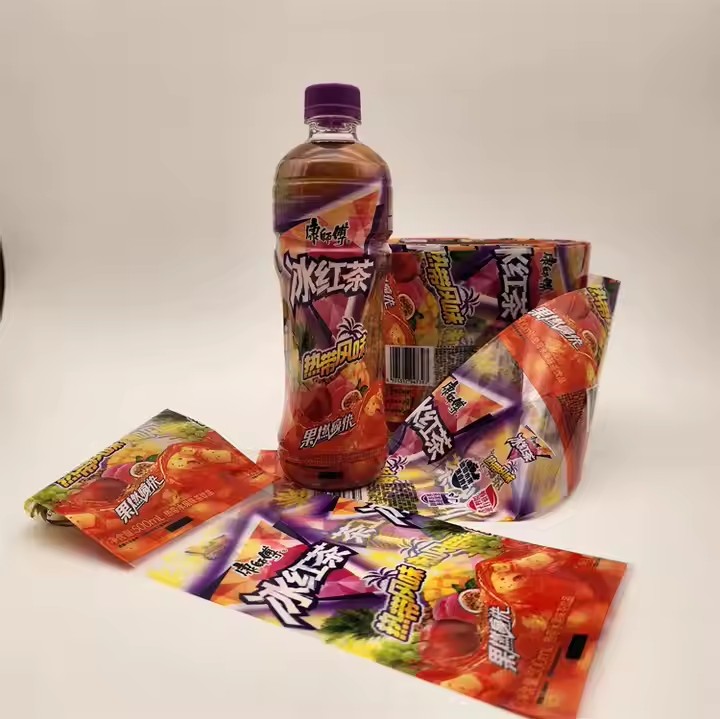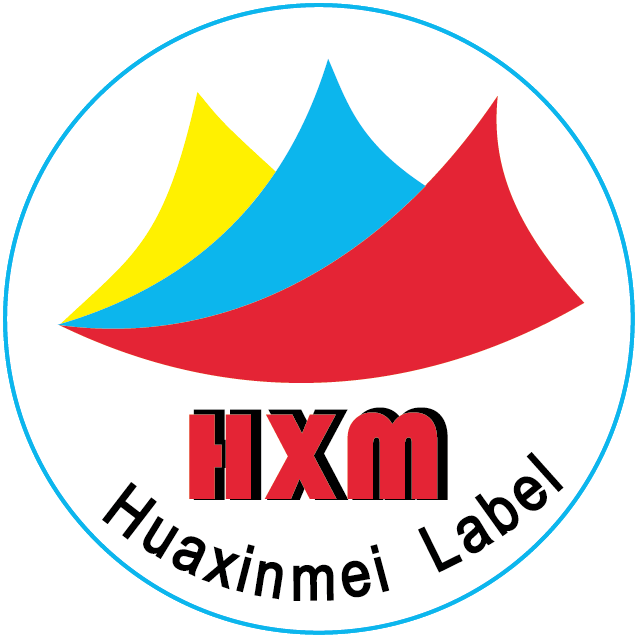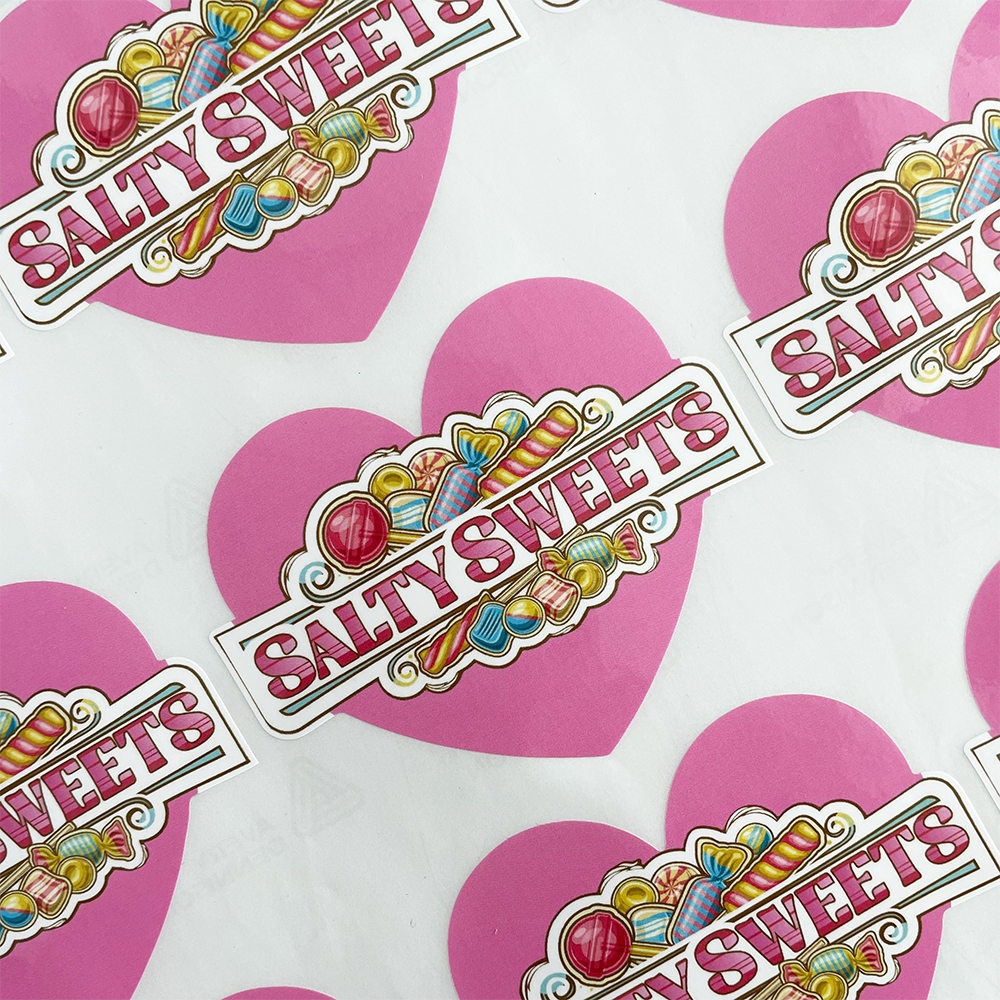- Precise Information Hierarchy and Visual Expression
Supplement labels carry a wealth of information, including ingredients, benefits, usage instructions, and precautions. To avoid information overload and consumer fatigue, it is essential to structure this information in a clear hierarchy and present it visually to ensure key points are immediately visible. Since supplements are essentially health products, their labels should be carefully designed to highlight ingredients, production origins, and product positioning for effective market advertising.
For information hierarchy, a pyramid structure is a useful model.
Top section: Product name and brand logo — the key elements for consumer recognition — should use bold, distinctive fonts and colors to enhance brand visibility. For instance, Swisse prominently displays both its logo and product name in a clear, minimalist style.

Middle section: Highlights core benefits and key ingredients, which drive purchase decisions. Use scientifically accurate and consumer-friendly language like “Supports immune function” or “Promotes joint health” rather than vague claims. Include ingredient sources and dosages, such as “Deep sea fish oil (DHA 300mg, EPA 200mg),” to help consumers understand the product’s value.
Bottom section: Contains usage instructions, precautions, and production date. While not directly influencing purchase, these are vital for safe use and should be presented in legible font and clean layout.
Visual elements enhance information delivery efficiency.
Ingredient information can be shown with infographics—like pie charts for nutrient ratios or bar graphs for product comparisons.
Benefits can be illustrated with simple diagrams, e.g., vitamin C aiding cell protection to visually explain how the product supports immunity.
- Design Elements That Build Trust and Authority
In the supplement market, consumers care deeply about safety and effectiveness. Therefore, label designs should include elements that convey trust and credibility.
Third-party certifications (e.g., FDA-approved, NSF Certified, EU Organic) prominently displayed reassure consumers that the product has been rigorously tested.
Clinical trial data and expert endorsements also boost credibility. If the supplement has undergone clinical research, include a brief result like “90% of participants showed improvement after 8 weeks.” Endorsements from industry experts or public figures—featured through quotes or photos—further reinforce authority.
Ingredient traceability builds trust too. Indicating ingredient origin, harvest date, and manufacturing method (e.g., “High-quality Danish probiotics fermented in sterile facilities”) assures consumers of quality. QR codes can link to sourcing videos or detailed info, adding transparency.
- Personalized Design for Target Demographics
Different consumer groups have distinct needs and aesthetic preferences, so label designs should reflect these differences.
For older adults, supplements often target joint, heart, or general wellness. Labels should prioritize readability, using larger fonts and high-contrast colors. Traditional, trustworthy design elements—like deep blue tones and bone illustrations—communicate safety and efficacy.
For younger consumers, especially those pursuing trendy and healthy lifestyles, labels should be more vibrant and stylish. Bright colors, playful graphics, and bold slogans (e.g., “Glow from within”) resonate with this audience. Beauty-focused supplements for young women may use pink tones, floral elements, and emotionally appealing language.

For children, label design must be fun and safe. Use cartoons, bright colors, and friendly fonts to grab attention. Ensure label materials are non-toxic and child-safe. Including interactive features like fun facts or mini-games (e.g., “Guess which fruit is high in vitamin C”) makes the product engaging while promoting health education subtly.


